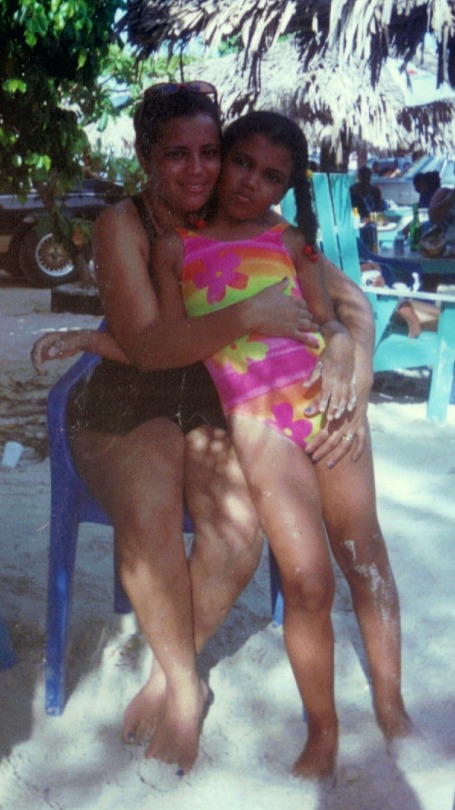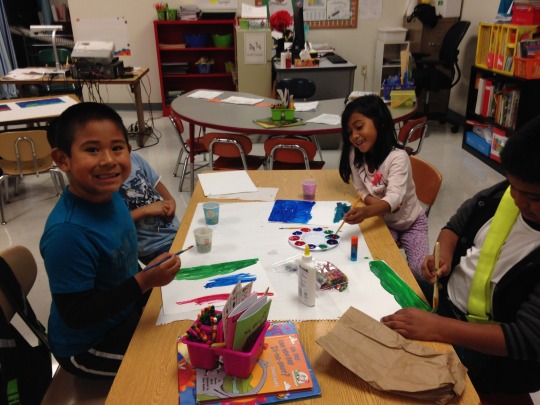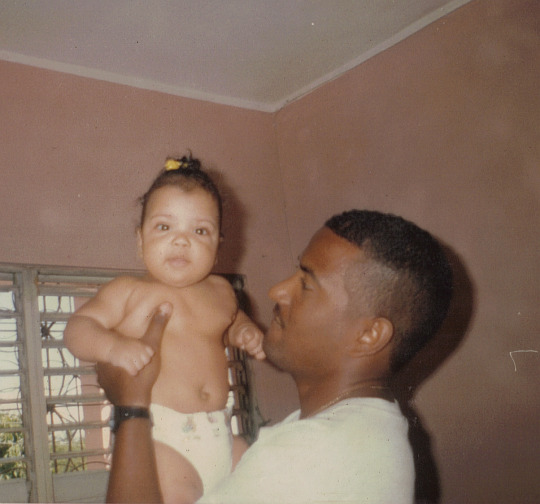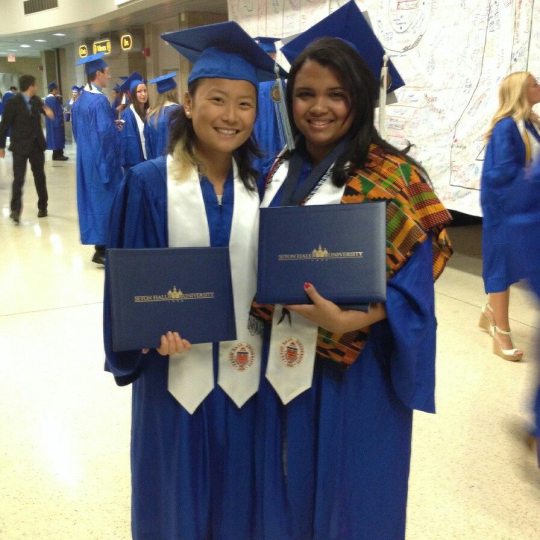*Originally posted on ChangeAHeart.tumblr.com*
It was a hot summer day when I stepped out of John F. Kennedy airport in New York City. I was supposed to be looking for the familiar face of my father’s cousin but I did not recognize anyone. I was nine years old, holding my father’s hand anxiously. Here I was, the United States, a place that was to my new, permanent, and overwhelming home. On August first I left my mother, my house, and my life back in the Dominican Republic. We were immigrants. I did not know what being an immigrant meant. I only knew what it was to be poor, to struggle for rice on a daily basis. Coming to the United States taught me what it meant not only to be poor, but to be poor and not fit in.

I was amazed by the bright lights and tall building as we drove into the city, it all gave me a sense of hope, as if everything was going to be alright. As summer days passed I focused on learning English and fervently read and studied every book I could find. When my first day of school came and I stepped into the ESL classroom, I was committed to fit in, to succeed. My father would tell me every day: “you will go to college; no matter what happens, you will make it.” However, it was more difficult than I had imagined. I was isolated as the new immigrant student in fourth grade. I was told several times, and still hear this now, that I was unworthy to be in this country: either because my English was not very good or because I was born somewhere else. These experiences left me in despair, feeling isolated, but they taught me to accept all people regardless of their circumstance. Today I can help many of my students deal with discrimination and racism in their schools and community because of my journey. Thankfully, I can also share how I was encouraged and supported by my teachers and my family.

As an immigrant, the most difficult thing is to leave your family behind. Learning English, feeling out of place, or being discriminated, are only additions to the struggle. Many of the people I serve are separated from their families when they immigrate to the United States. I can better connect and serve them because I have had the same experience. They trust me because I understand many of their struggles. They allow me to integrate into their family. Working with the children has reminded me that, at times, we are not able to provide the necessary services because we don’t understand the complexity of being a child immigrant versus an adult immigrant. Being a Hispanic child immigrant is particularly difficult because as you grow up you are “neither here, nor there”. You don’t belong in your native country and you don’t belong in the United States, you are caught in the middle of an ethnic battle. As I work with teachers and other professionals serving children, I share my insights on the struggles and identity issues many of the children face. I hope to share my knowledge and experience with my peers and and community, and provide a different perspective on serving children who live in the margins.

In addition, I want to teach others how to empower children and youth to go to college or have a profession using the children’s culture and family dynamics. When I was in the process of applying to college I remembered my father’s words: “You will make it. Our bed is on the floor and you will make it. We barely have money, but you will make it for your sake and for the sake of our family”. Going to college was going to help me provide for my family and for others, as well as bring honor to my father’s struggles. My father’s constant support, regardless of our circumstance, was my greatest inspiration. Being reminded that I was capable of succeeding regardless of everyone else’s expectation, helped me through four years of college which I completed with honors. My responsibility to my family and community, an essential part of my culture and upbringing, was the defining factor in my success.

